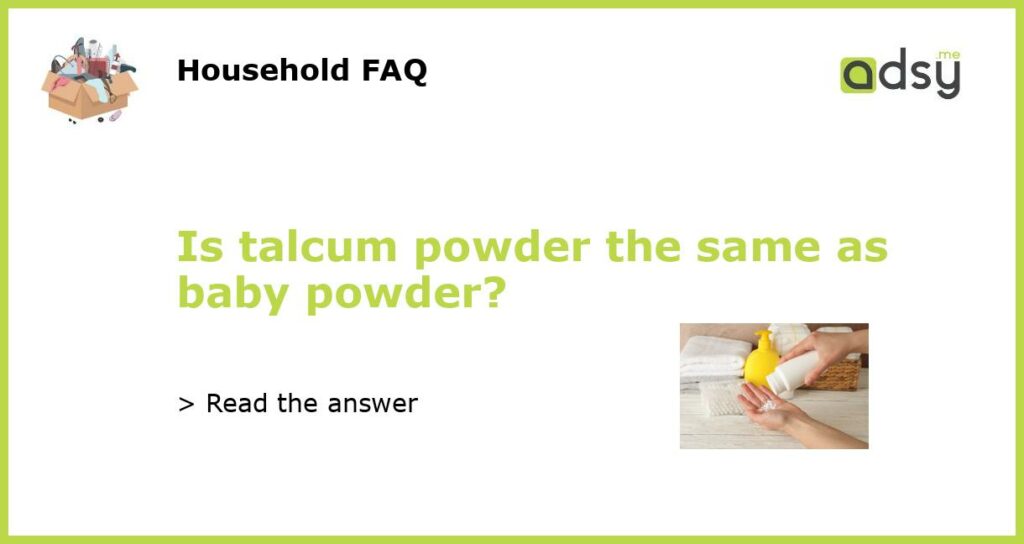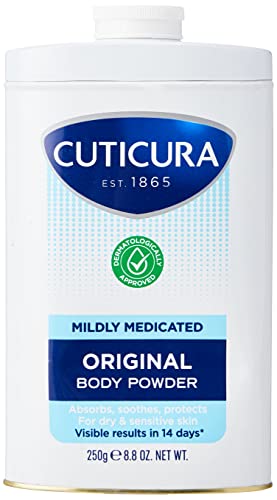Is talcum powder the same as baby powder?
Talcum powder and baby powder are often used interchangeably, but there are some key differences between the two. While they may share similar ingredients, their intended uses and potential risks are slightly different. In this article, we will explore the similarities and differences between talcum powder and baby powder.
Talcum powder: what is it?
Talcum powder is made from talc, a mineral composed primarily of magnesium, silicon, and oxygen. It is known for its ability to absorb moisture and reduce friction, which makes it useful in various applications. Talcum powder is finely ground to create a soft, silky texture that is pleasant to the touch.
Baby powder: what is it?
Baby powder, on the other hand, is a type of talcum powder that is specifically formulated for use on infants and babies. It is typically made with additional ingredients, such as cornstarch or arrowroot powder, to make it gentler and less likely to cause irritation. Baby powder is often used to absorb moisture and prevent diaper rash.
Similarities and differences
Both talcum powder and baby powder share common ingredients, such as talc and fragrance. However, baby powder may contain additional ingredients, such as cornstarch or arrowroot powder, which are not typically found in regular talcum powder. These added ingredients help to make baby powder gentler and more suitable for use on sensitive baby skin.
When it comes to intended use, talcum powder is not specifically marketed for infants and babies. Its primary use is as an absorbent and lubricant, and it is often used by adults for various purposes, such as reducing friction and preventing chafing. Baby powder, on the other hand, is designed with the specific needs of infants in mind and is intended for use on their delicate skin.
Potential risks
While talcum powder and baby powder have been used for decades without any issues, there have been concerns about potential health risks associated with talc. Talcum powder has been linked to an increased risk of ovarian cancer in women who used it for feminine hygiene purposes. As a result, many companies have faced lawsuits related to the alleged link between talc and cancer.
It is important to note that the American Cancer Society has stated that the current evidence regarding the association between talcum powder and cancer is inconclusive. However, in order to minimize any potential risks, some experts recommend using talc-free alternatives, such as cornstarch-based baby powders.
In summary, talcum powder and baby powder are similar in some ways but have different purposes and potential risks. Talcum powder is a more general product that can be used by adults for various purposes, while baby powder is specifically formulated for use on infants and babies. It is important to be aware of any potential risks associated with talcum powder and to make informed decisions regarding its use, especially for sensitive populations such as infants.






